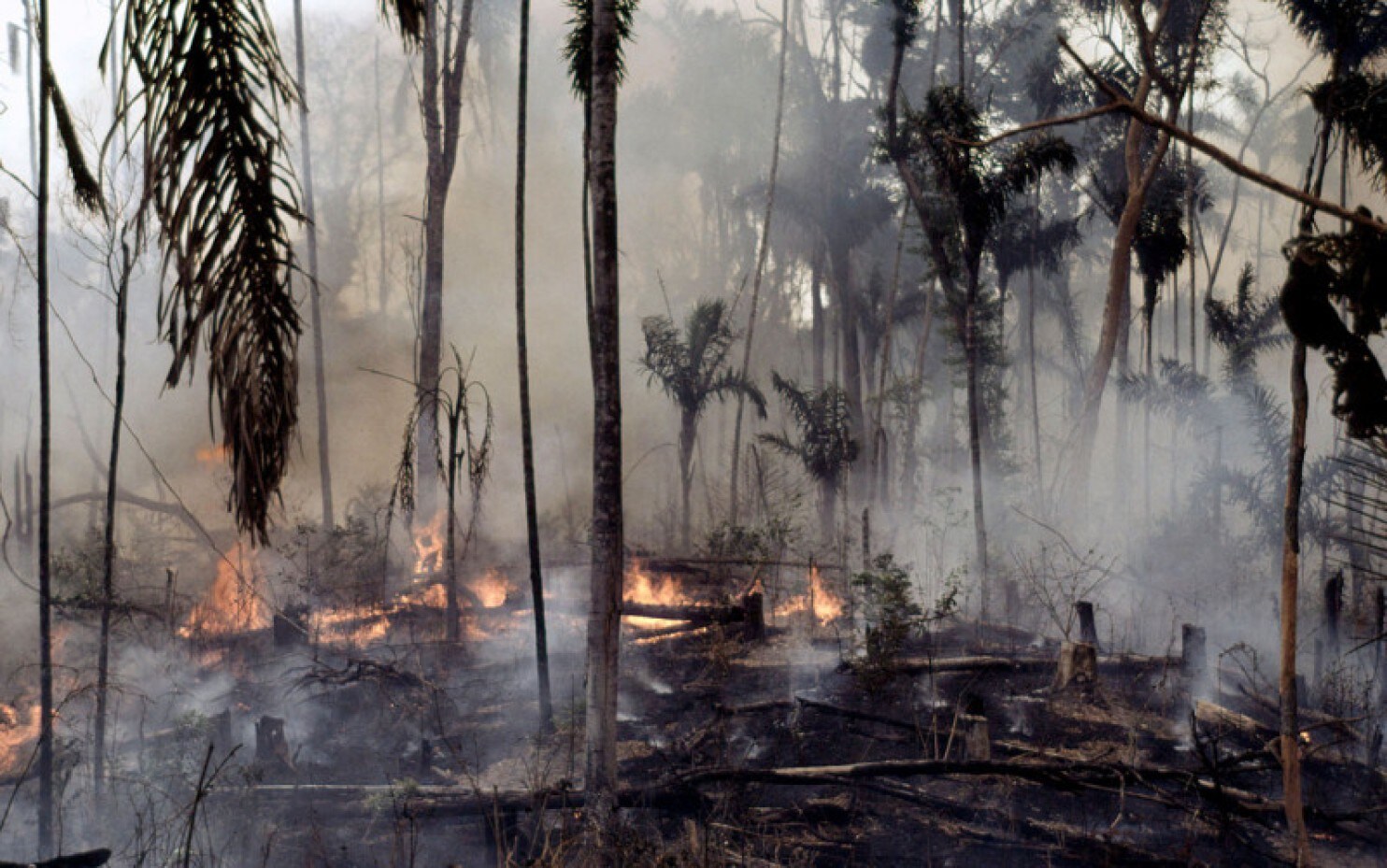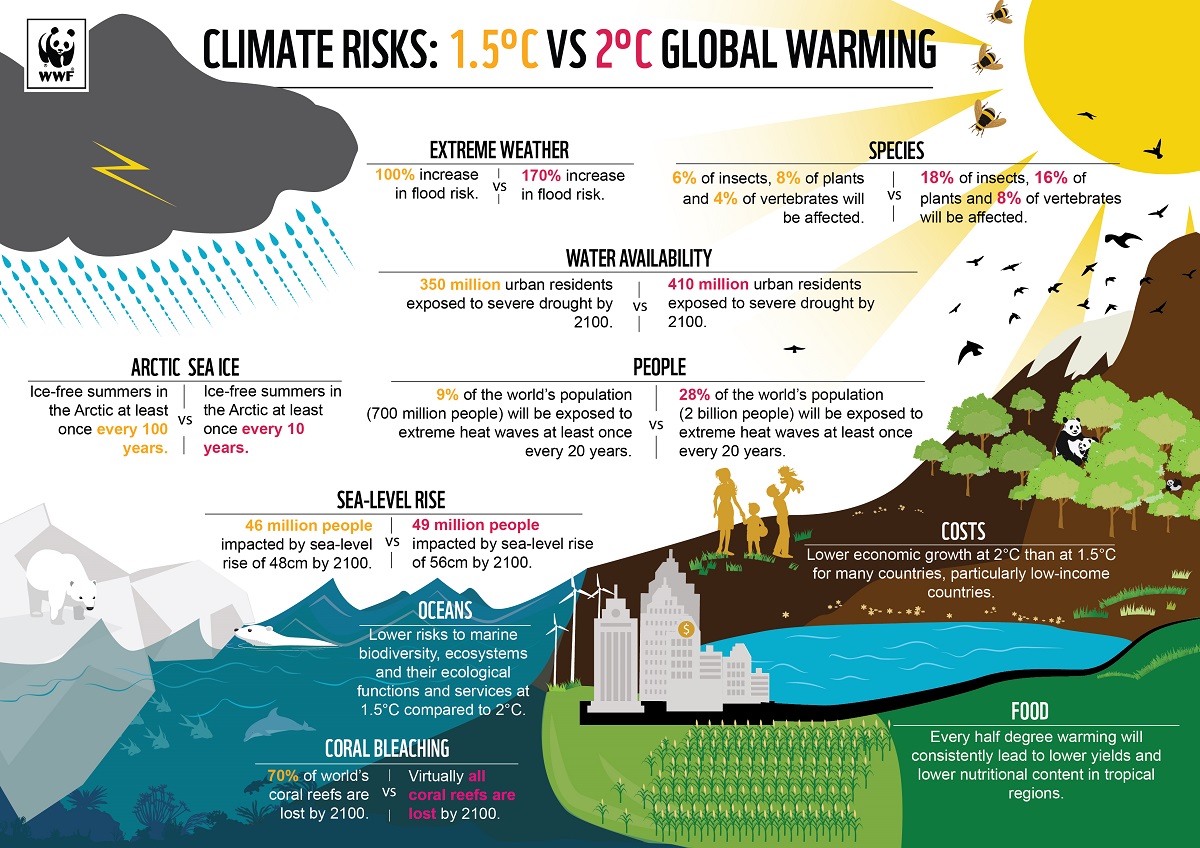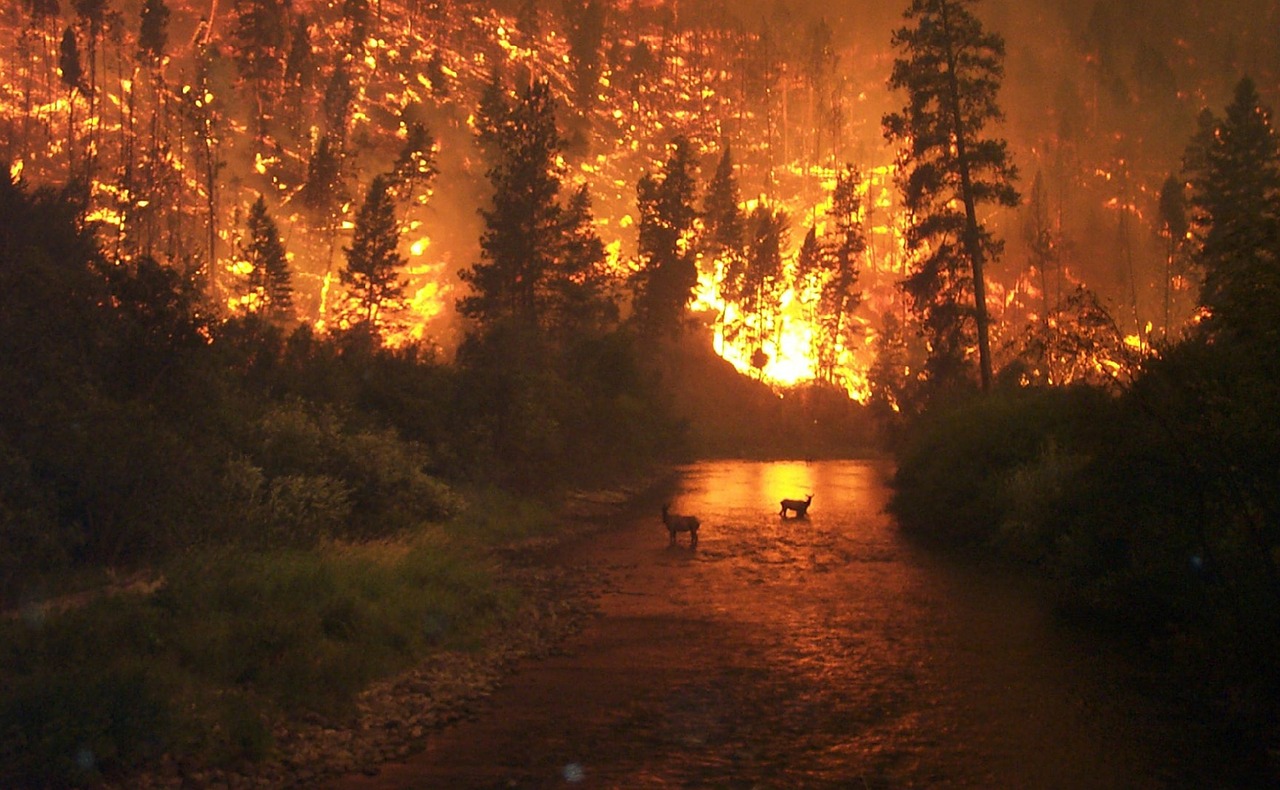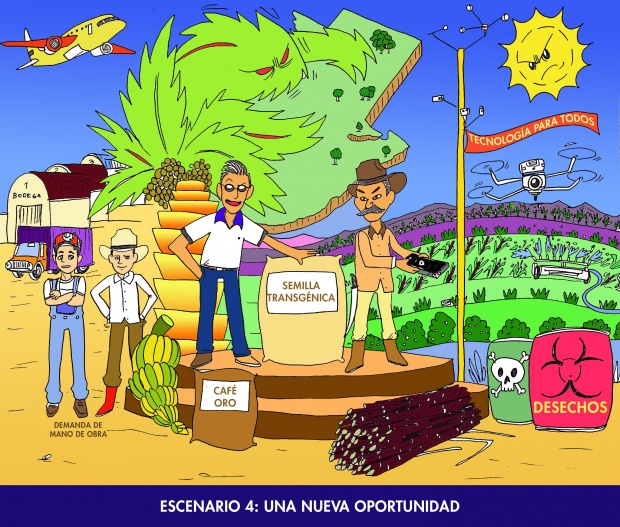Despite the growing understanding that the urgency of biodiversity loss demands urgent global action, not enough has been done to reverse this trend. Global wildlife populations have declined on average by 60 percent in the past 40 years, largely due to threats and pressures induced by human activities.
![]() About the Author: The charitable WWF Switzerland Foundation is the largest environmental organization in Switzerland. As part of WWF’s global network, WWF Switzerland is committed to national and international projects. For more info please visit their: site
About the Author: The charitable WWF Switzerland Foundation is the largest environmental organization in Switzerland. As part of WWF’s global network, WWF Switzerland is committed to national and international projects. For more info please visit their: site
The direct effects of biodiversity loss on the real economy are rising into the billions, roughly US$ 400 billion of global crop output are at risk due to bees and other pollinators loss (IPBES, 2019), or the overexploitation of fishing resources leads to US$ 50 billion shortfall each year. Generally, land-based ecosystem services worth around US$ 50 billion each year. If this trend continues, the associated cost of inaction could rise up to the equivalent of 7% of GDP by 2050.
Looking from the opportunity-side: the global economy profits from USD 125 trillion worth of ecosystem services through drinkable water, food and pollination, fresh air, heat absorption, and forests & oceans that soak up carbon dioxide – the equivalent of 1.5 times the global GDP. While impacts and dependencies of many economic sectors on biodiversity are mostly understood, the financial sector has not been responsive yet to the risks arising from biodiversity loss.
Visit the WWF & University of Hamburg Sustainable Finance report: Nature Risks Equal Financial Risks: A Systematic Literature Review
Fortunately, some actors have understood, that there are more risks beyond climate change which might negatively impact the financial system. The powerful Network of Central Banks for Greening the Financial System (NGFS) has recognized climate risks as financial risks and further states that beyond climate change, environmental degradation such as biodiversity decline, deforestation, water and air pollution pose equal challenges to the financial system as a whole.

Overall, the financial industry is still in its infancy regarding biodiversity loss. Environmental risks are too often confined to climate risks, as the joint report from WWF and AXA “Into the Wild: integrating nature into investment strategies” highlighted in May, 2019. It is in this context that WWF Switzerland mandated the University of Hamburg to provide an overview to what extent biodiversity loss and ecosystem degradation impact financial institutions.
Upon reviewing more than 150 scientific articles, the researchers similarly identify other nature risks such as droughts, erosion, invasive species, air pollution, contamination of water bodies and soil as events with negative effects generally on real estate, stock market as well as banking. The articles indicate that, on the whole, nature risks indeed translate to financial risks and result in a decline in property prices and stock prices (market valuation) as well as bank defaults, among other effects.
The OECD estimates that the costs of nature loss to the global economy, including the financial sector, are bound to increase. While current academic research on nature risks and financial risks are still at an early stage, there is growing recognition that there is a high price tag coming with the unsustainable practices our economy is operating in and the risks of loss and default that emerge for financial institutions.
WWF, therefore, concludes that it is crucial that a Task Force on Nature Impact Disclosures is established, in which investors, policymakers and other stakeholders collaborate to define how financial risks arising from nature loss can be reported on and minimized. This would require initial work on defining key impacts indicators on biodiversity.
Governments have a unique opportunity next year at the Biodiversity Conference in Kunming, 2020 to bring in line all financial flows with the sustainable use of ecosystems and conserving biodiversity (introducing an equivalent of the Paris Agreement article 2.1c) for biodiversity). Additional research is needed to amplify how financial institutions are exposed to nature risks but also what investment opportunities could arise. Finally, better tools and methodologies in the industry are needed to better price nature risks into asset pricing models.

EDITOR’S NOTE: The opinions expressed here by Impakter.com columnists are their own, not those of Impakter.com – Cover photo: WWF










